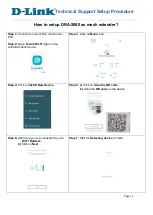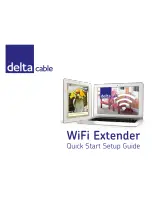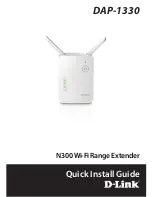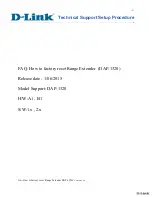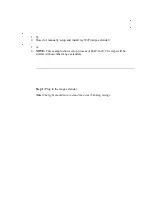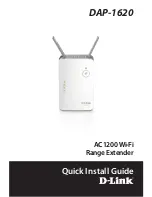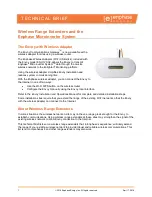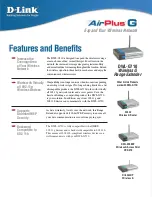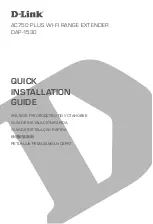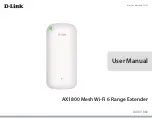
12
via the NODE NETWORK IN connector (bus input). Each
successive extension is connected to NODE NETWORK
OUT (bus output) of the previous extension.
8.) Bus output
9.) Address of the extension
Set the jumper on the right position of the extension mod-
ule. Please ake care of using different adresses for different
extension modules.
10.) Learn sensor
11.) Radio module
12.) Tamper contact
13.) Jumper tamper contact
6. Programming
6.1
Setting learn mode
To put the extension module in learn mode, connect the 12 V
DC voltage supply (from the bus or a separate voltage supply).
When all sensors have been trained in the radio extension, they
are permanently stored, even if the power supply is removed.
When the voltage supply is first connected, the display shows
“88” and a short double signal sounds.
To enter learn mode, open the tamper contact (remove the front
panel) and then press “SELECT”. The display now shows “--”.
The module is now in learn mode.
Important:
Before disconnecting the power supply, exit learn
mode of the extension module so that you do not lose the
trained devices.
6.2
Training radio components
1. Put the extension module in learn mode.
2. Make sure that the LED of the radio component to be
instructed is pointing to the learn sensor at a maximum
distance of 10 cm.
Activate the radio component (by triggering the tamper
contact if necessary).
The LED must be pointing to the learn sensor of the ex-
tension module.
The extension module emits a double tone when the
radio component has been successfully trained. For
trained sensors, the signal strength (max. 9) is shown
on the left and the channel number on the right. The
channel is assigned automatically. A trained remote




























